On May 24, 2025, in Dak Lak, the Ministry of Agriculture and Environment, in collaboration with the People’s Committee of Dak Lak province, organized a conference on “Developing a Sustainable Durian Industry.”
Chairing the conference, Mr. Do Duc Duy, Minister of Agriculture and Environment, said that in less than a decade, Vietnam’s durian industry has witnessed remarkable growth in both scale and output. The area under durian cultivation increased from 32,000 hectares in 2015 to nearly 180,000 hectares in 2024 (a sixfold increase). Correspondingly, production also surged, surpassing 1.5 million tons in 2024, making durian one of the fastest-growing fruit industries in the country.
IMBALANCES IN DURIAN PRODUCTION AND THE NEED FOR SUSTAINABLE PRACTICES
According to Minister Do Duc Duy, after the export protocol with China was signed in July 2022, Vietnam’s durian exports witnessed a significant leap. However, this rapid development also comes with inherent risks if proper orientation and synchronized management tools are lacking. In the first four months of 2025, the durian industry faced a severe decline in both scale and export value.
“The recent decline in scale and export turnover is a warning signal of the imbalance between production growth and the capacity for organized production, between the increasingly demanding import market and the ability to meet those demands with domestic production,” Minister Do Duc Duy emphasized. “If we do not promptly implement fundamental, well-thought-out, and synchronized solutions, we will face a negative spiral: surplus production leading to price drops, loss of markets, and, most severely, a decline in consumer trust and the reputation of Vietnamese agricultural products in the international market, affecting the sustainable development of the country’s fruit export industry.”
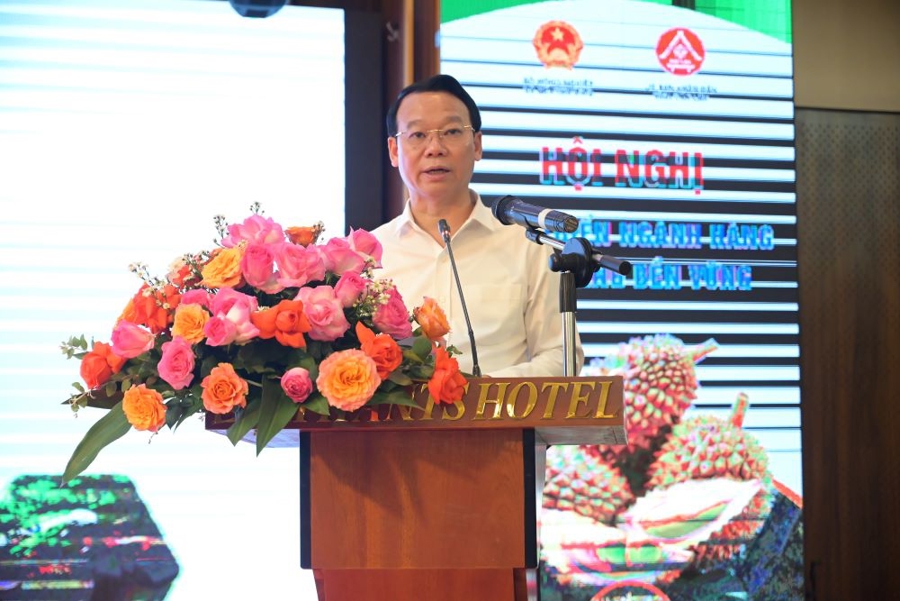
Minister Do Duc Duy acknowledged that the durian industry continues to face significant challenges and difficulties, requiring immediate responsive measures and a reshaping of the entire industry, from production organization, managed cultivation areas, quality control, market development to product structure, and consumer segmentation towards sustainability.
“On May 21, 2025, the General Administration of Customs of China officially approved the addition of 829 plantation codes and 131 packaging facility codes for Vietnamese durian exports to their market, facilitating exports for the 2025 durian season.”
Mr. Do Duc Duy, Minister of Agriculture and Environment
“In response to this situation, on May 23, 2025, the Prime Minister issued Dispatch No. 71/CD-TTg on tasks to promote the sustainable production and export of durian. Today’s conference is a timely opportunity for us to discuss and unify the implementation of tasks and solutions in line with the Prime Minister’s directions in Dispatch No. 71/CD-TTg,” added Minister Do Duc Duy.
Mr. Huynh Tan Dat, Director of the Department of Crop Production and Plant Protection, pointed out that the Vietnamese durian industry faces significant challenges in its development process. In recent years, the area under cultivation and durian production have grown rapidly, leading to a corresponding expansion in export scale. This also exerts pressure on quality control and meeting the increasingly stringent technical requirements of the Chinese market.
To address these limitations, Vietnam has been implementing several solutions, including developing a cadmium control model in cultivation, strengthening the management of agricultural inputs, reviewing and improving regulations on the management of plantation codes, packaging facilities, and testing laboratories; addressing warning violations and restoring codes.
According to Mr. Dat, in the coming time, it is necessary to synchronously implement short-term and long-term solutions for the durian industry. In the short term, this involves perfecting the legal, technical, and procedural foundations for controlling the entire production-export chain; enhancing food safety control capacity, establishing more international-standard testing laboratories, and organizing delegations to China for technical negotiations, market expansion, and trade promotion.
In the long term, there is a need to restructure the industry towards increasing the proportion of frozen and deeply processed products; diversifying export markets and building a national brand; upgrading the logistics system, reorganizing linkages, and enhancing the capacity of enterprises and localities.
COLLABORATION BETWEEN GOVERNMENT, BUSINESSES, AND FARMERS IS IMPERATIVE FOR SUSTAINABILITY
At the conference, several durian-exporting enterprises offered practical suggestions. Ms. Ngo Tuong Vy, Director of Chanh Thu Fruit Import-Export Joint Stock Company, pointed out that there has been a lack of sanctions for durian farmers, and many small-scale farmers are unable to access or update information on sustainable cultivation standards and practices. Therefore, local authorities need to play a more active role in inspecting and overseeing the situation, including the use of fertilizers, pesticides, and cultivation processes, to ensure food hygiene and safety for this fruit. Enterprises also have a responsibility to eliminate the use of prohibited substances, such as yellow dye, during processing and actively seek safe raw material sources.
Mr. Mai Xuan Thin, General Director of Rong Do Production Trading Services Co., Ltd., shared that Vietnamese businesses primarily focus on exporting fresh durians, which aligns with global consumer preferences. While processed food products have higher value, they may not create a universal demand like fresh fruit.
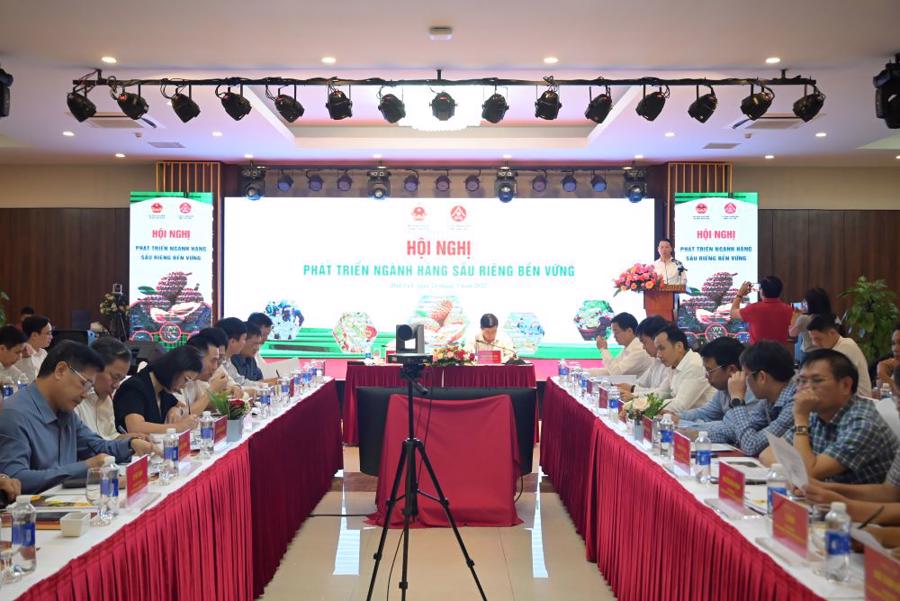
Mr. Nguyen Tri Ky, Chairman of the Business Association of Dak Nong province, highlighted the urgent need to control the quality of input materials, especially fertilizers. In some localities, imported fertilizers have not been adequately inspected for the safety thresholds of heavy metals like cadmium, mercury, and arsenic. However, Mr. Ky emphasized that solving this issue is not merely about tightening management but also about providing support and accompanying farmers and businesses on this journey.
Mr. Ky underscored the current bottleneck—the lack of effective collaboration between relevant parties. Therefore, he advocated for a collaborative mechanism involving government agencies, enterprises, and farmers to address the root causes of the current challenges.
Representing Tien Giang province, Mr. Tran Hoang Nhat Nam, Vice Director of the Department of Agriculture and Environment, shared that the province had set a target to reach approximately 15,000 hectares of durian cultivation by 2025. However, due to the rising prices of durian, farmers in Tien Giang expanded the cultivation area to nearly 10,000 hectares more than planned. Currently, Tien Giang has 155 plantation codes covering nearly 7,000 hectares and 66 packaging facility codes. Still, this only accounts for about 25% of the province’s actual durian production area.
Mr. Nam requested the Ministry of Agriculture and Environment’s support in establishing a standard-compliant testing laboratory to ensure food safety for durian exports. He also proposed that the Ministry promptly develop and issue national standards for the quality of fresh fruit exports, especially durian.
Regarding the functional agencies, Mr. Nam suggested regularly providing information on durian export volumes by plantation and packaging facility to effectively manage the plantation and packaging facility codes.
The Unpredictable Nature of Vietnam’s Durian Industry
The Vietnamese durian export market is heavily reliant on China, with an astounding 97.2% of Vietnamese durians being consumed in the Chinese market in 2024. This significant dependence on a single market is the primary cause of fluctuations in Vietnam’s durian export revenue.
“GHTK’s Participation at Viet Cargo Expo 2025”
From May 21 to 23, 2025, Giao Hàng Tiết Kiệm (GHTK) participated in the Viet Cargo Expo 2025 (VCE), Vietnam’s premier exhibition for logistics and cargo professionals. The event was held at the WTC Expo Convention and Exhibition Center in Binh Duong, bringing together industry leaders and experts to showcase the latest innovations and solutions in the logistics and cargo sector.
Implementing an “Export Incentive” Policy for Businesses
To stimulate economic growth and achieve development targets, Delegate Hoàng Văn Cường suggests implementing aggressive measures to support export businesses. He proposes a “reward-based export policy”, which involves offering incentives and removing legal obstacles faced by stagnant real estate projects. Additionally, encouraging private investment and expediting a mechanism for placing orders with large enterprises for state investment tasks are key aspects of this strategy.
The Soil’s Guardian: Nurturing Nature’s Lifeblood
In the basaltic soil of Dak Nong, where the sun shines fiercely and the rain pours seasonally, there are farmers quietly engaging in a practice that not everyone understands: growing soybeans to maintain the “health” of the land.
The Billion-Dollar Species: Vietnam’s Treasure Trove of Exotic Exports.
The product is one of Vietnam’s key exports and a cornerstone of its thriving economy. With a rich history and a unique, distinctive flavor, this good has become a global favorite. Grown and crafted with care, it embodies the essence of Vietnam’s diverse and vibrant culture, offering a taste of its vibrant landscapes and rich heritage.

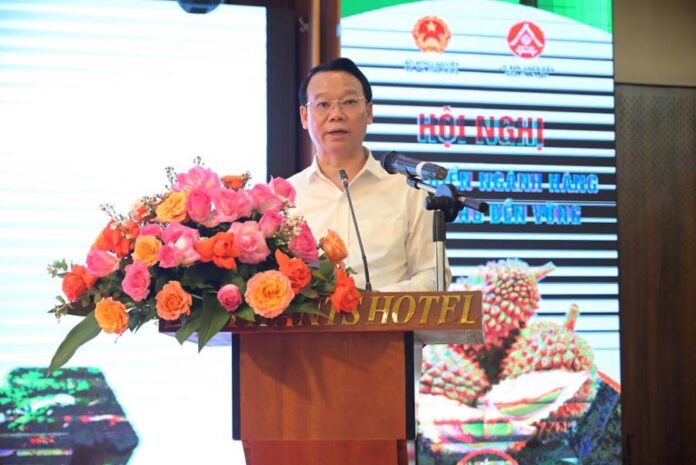
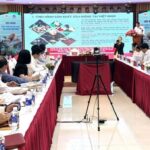


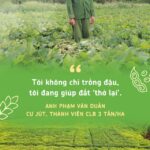
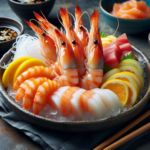




![[Photo Essay]: Experts, Managers, and Businesses Unite to Forge a Path Towards Sustainable Green Industry](https://xe.today/wp-content/uploads/2025/07/z678592918-150x150.jpg)


![[Photo Essay]: Experts, Managers, and Businesses Unite to Forge a Path Towards Sustainable Green Industry](https://xe.today/wp-content/uploads/2025/07/z678592918-100x70.jpg)






